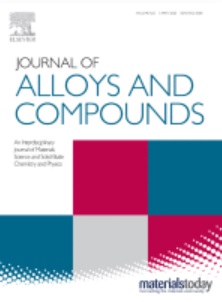ZnO:Tb
3+ hierarchical structures (HS) were synthesized
via efficient and facile template-free wet chemistry methods - precipitation and solvothermal ones. Obtained Tb
3+-doped HS were functionalized by organosilicon compounds (OSC) for use it as a drug carrier to loading of the doxorubicin (Dox). X-Ray diffraction (XRD), scanning electron microscope (SEM), energy dispersive X-ray spectrum (EDS), UV,
photoluminescence (PL) and Fourier transform infrared (FT-IR) spectroscopies, nitrogen adsorption/desorption (BET), and cytotoxicity tests were employed to characterize the obtained ZnO and ZnO:Tb
3+ HS. Results showed that proposed approach allows to obtain highly crystalline
microspheres composed of nanosheets.
XRD analysis of the obtained samples showed presence of two-phased system: ZnO and Tb(OH)
3. SEM results demonstrated that obtained ZnO:Tb
3+ HS have flower-like spherical shape with mean size approximately 4 μm. The Tb
3+-doping do not change the original morphology of ZnO HS. The Brunauer-Emmett-Teller (BET) measurements showed that unique morphology allowed to obtain surface area of ZnO/ZnO:Tb
3+ HS in range of 5 ÷ 13 m
2g
-1. ZnO and ZnO:Tb
3+ HS showed high drug loading and low cytotoxicity.

